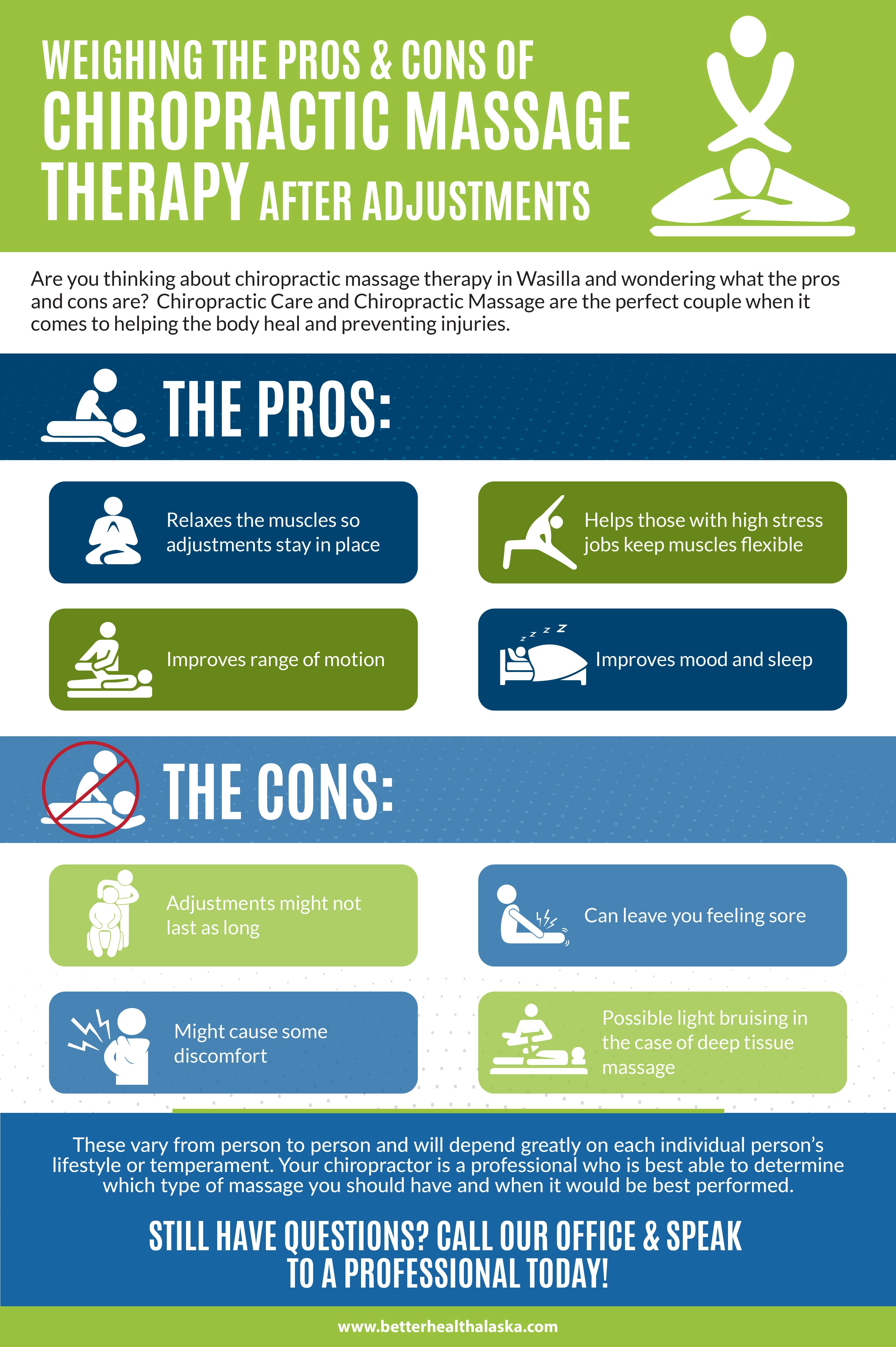Common Everyday Behaviors That Cause Neck And Back Pain And Tips For Avoiding Them
Common Everyday Behaviors That Cause Neck And Back Pain And Tips For Avoiding Them
Blog Article
Created By-Briggs Svenningsen
Keeping appropriate pose and avoiding typical challenges in everyday tasks can dramatically influence your back health. From how you sit at your workdesk to exactly how you lift hefty items, little modifications can make a large difference. Imagine a day without the nagging back pain that impedes your every step; the remedy might be easier than you think. By making a few tweaks to your day-to-day routines, you could be on your method to a pain-free existence.
Poor Stance and Sedentary Lifestyle
Poor pose and a sedentary way of living are two significant contributors to pain in the back. When you slouch or inkling over while sitting or standing, you placed unneeded strain on your back muscle mass and back. click here for info can result in muscular tissue imbalances, stress, and eventually, chronic pain in the back. In addition, sitting for extended periods without breaks or exercise can weaken your back muscles and result in tightness and discomfort.
To battle poor posture, make a mindful effort to rest and stand directly with your shoulders back and aligned with your ears. Bear in mind to maintain your feet flat on the ground and prevent crossing your legs for prolonged periods.
Integrating regular stretching and reinforcing exercises into your day-to-day regimen can also help improve your position and reduce neck and back pain related to a sedentary way of living.
Incorrect Lifting Techniques
Incorrect training methods can significantly add to back pain and injuries. When you raise heavy things, remember to bend your knees and use your legs to lift, as opposed to relying on your back muscles. Stay clear of twisting your body while training and keep the object close to your body to lower pressure on your back. It's crucial to maintain a straight back and stay clear of rounding your shoulders while lifting to prevent unneeded pressure on your spinal column.
Constantly examine the weight of the things prior to raising it. If it's too hefty, ask for help or use equipment like a dolly or cart to transfer it safely.
Remember to take breaks throughout lifting jobs to offer your back muscles a possibility to rest and protect against overexertion. By executing proper lifting techniques, you can protect against neck and back pain and decrease the danger of injuries, ensuring your back remains healthy and balanced and solid for the long term.
Lack of Normal Exercise and Stretching
An inactive lifestyle lacking regular exercise and extending can dramatically contribute to pain in the back and pain. When pain in my lower back don't engage in exercise, your muscular tissues become weak and inflexible, causing poor pose and raised strain on your back. Routine exercise assists strengthen the muscular tissues that sustain your spine, improving security and decreasing the risk of pain in the back. Including stretching right into your routine can additionally improve adaptability, protecting against stiffness and discomfort in your back muscles.
To stay clear of pain in the back brought on by a lack of exercise and extending, go for a minimum of 30 minutes of modest physical activity most days of the week. Include exercises that target your core muscles, as a strong core can aid relieve pressure on your back.
In addition, take breaks to extend and move throughout the day, specifically if you have a desk work. Basic stretches like touching your toes or doing shoulder rolls can assist alleviate stress and avoid neck and back pain. Prioritizing how to help lower back pain and extending can go a long way in maintaining a healthy and balanced back and lowering discomfort.
Conclusion
So, bear in mind to sit up right, lift with your legs, and remain energetic to stop back pain. By making basic modifications to your day-to-day routines, you can stay clear of the pain and constraints that come with pain in the back. Care for your back and muscles by practicing good posture, correct training techniques, and regular exercise. https://www.mq.edu.au/ will thanks for it!
